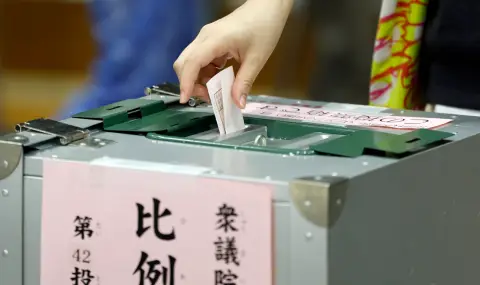Japan's ruling coalition, consisting of the Liberal Democratic Party (LDP), chaired by the new Prime Minister Shigeru Ishiba and the Komeito Party face a real threat of losing their coalition majority in the key lower house of parliament after Sunday's election results. This is proven by exit poll data, Japanese Public Broadcasting (NHK).
According to NHK, the probability of the ruling coalition retaining its majority is “extremely small”. At the same time, the LDP itself is likely to lose its one-party majority and fall short of 233 seats in the key house of parliament. At best, the LDP will get only 219 seats.
At the same time, the country's main opposition Constitutional Democratic Party could significantly improve its position after the election results, winning up to 191 seats. It is headed by former Prime Minister Yoshihiko Noda.
The elections were held with a rather low voter turnout - according to the Ministry of Administrative Affairs and Communications of the country, as of 6:00 p.m. local time, voter turnout was 29.01%. This is by 2.63 p.p. below. than in 2021, the last time Japan held elections for the lower house of parliament.
In the last elections, 1,344 candidates competed for 289 mandates, whose owners will be determined by voting in single-member districts, and 176 mandates, which will be distributed in the proportional system (party-list) voting. The ruling party approached the snap election, which new Prime Minister Shigeru Ishiba announced before he even took office, not only with low approval ratings, undermined by a large-scale financial scandal in the collection of political donations, but also with divisive internal party sentiment. In the worst-case scenario for the incumbents, the opposition may form a coalition government, as happened once in 1993.
